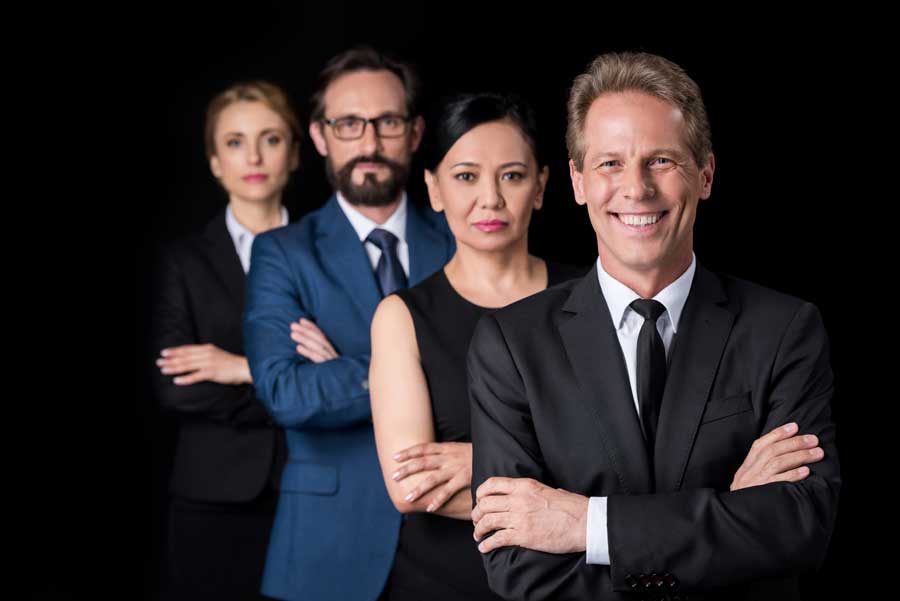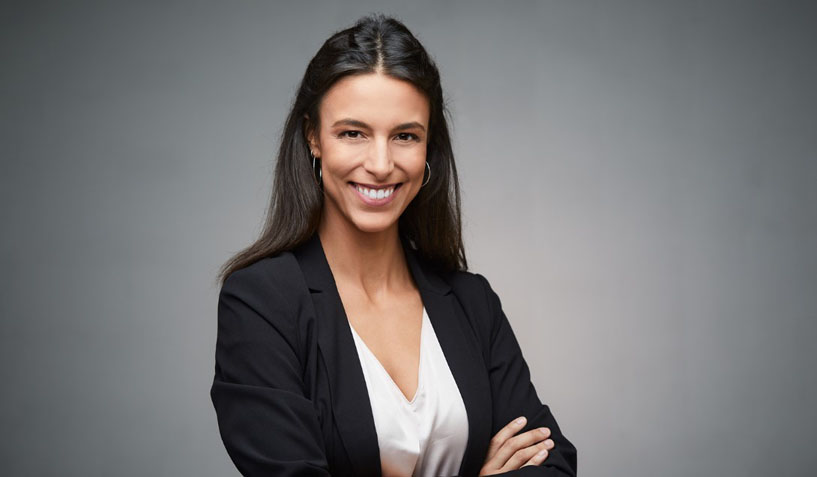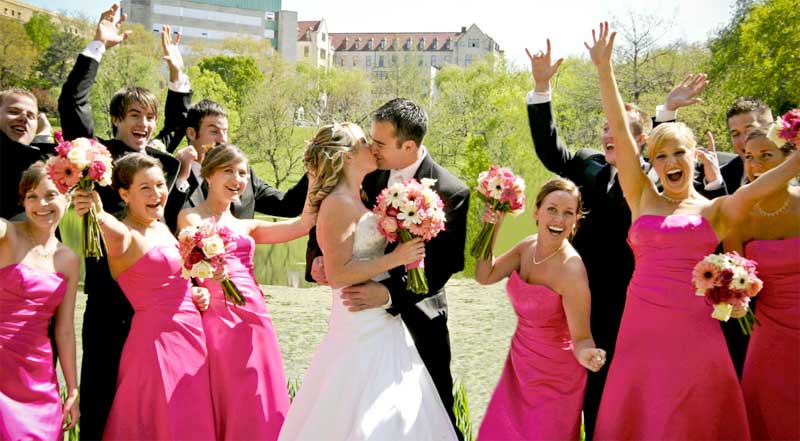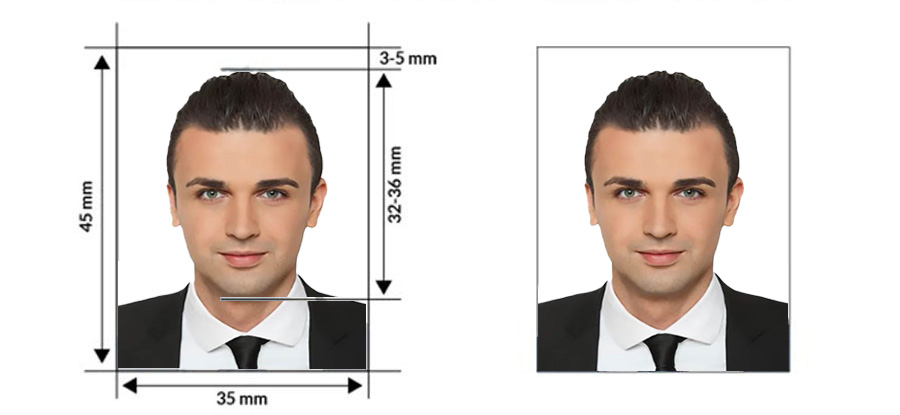
Introduction
Importance of Headshot Photography
Headshot photography tips plays a crucial role in personal and professional branding. A well-executed headshot can leave a lasting impression, whether it’s for a corporate profile, an actor’s portfolio, or an online dating profile. It’s the first step in making a strong visual statement.
Scope of the Article
This article provides eight exclusive tips to help you master the art of headshot photography. From understanding your subject to selecting the right equipment and mastering lighting techniques, these insights will elevate your skills and ensure you capture stunning headshots.
Tip 1: Understanding Your Subject
Research and Communication
To create compelling headshots, it’s essential to understand your subject. Conduct thorough research and engage in meaningful communication. Discuss their preferences, goals, and the image they want to project. This understanding helps tailor the shoot to reflect the subject’s personality and professional requirements.
Customizing the Shoot
Customize each shoot based on your research. Adjust your approach to suit the subject’s unique features and desired outcomes. Whether it’s a business headshot or a more casual portrait, personalization ensures authenticity and relevance in every shot.
Tip 2: Choosing the Right Equipment
Best Lens for Headshots Canon
Investing in the right equipment is vital for high-quality headshots. The best lens for headshots on a Canon camera provides exceptional clarity and depth. Prime lenses, such as the 50mm or 85mm, are popular choices for their sharpness and ability to create beautiful background blur.
Essential Camera Settings
Optimal camera settings are crucial for achieving professional results. Use a wide aperture (f/1.8 to f/2.8) to create a shallow depth of field, highlighting the subject while blurring the background. Adjust the ISO and shutter speed to balance exposure and reduce noise, ensuring crisp, clean images.
Tip 3: Mastering Lighting Techniques
Natural vs. Artificial Lighting
Lighting can make or break a headshot. Natural light offers a soft, flattering effect, ideal for outdoor or window-lit shoots. Artificial lighting, such as studio lights or ring lights, provides control and consistency. Understanding when and how to use each type of lighting is key to mastering headshot photography.
Peter Hurley Lighting Secrets
Renowned photographer Peter Hurley emphasizes the importance of light positioning and intensity. His techniques, known for their effectiveness, involve using a simple, high-key lighting setup. Position lights to eliminate harsh shadows and highlight the subject’s features, creating a professional and polished look.
Tip 4: Selecting the Perfect Background
Environmental Headshots
Environmental headshots incorporate relevant surroundings, adding context and depth to the image. Choose locations that complement the subject’s profession or personality, whether it’s an office setting, a natural landscape, or an urban backdrop. This approach enhances the storytelling aspect of the headshot.
Studio vs. Location Portrait Photography
Deciding between studio and location portrait photography depends on the desired outcome. Studio shoots offer controlled conditions and consistent results, ideal for corporate headshots and professional portraits. Location shoots provide variety and a natural aesthetic, suitable for more casual or creative headshots.
Tip 5: Posing for Perfection
Headshot Posing Tips
Effective posing enhances the overall impact of a headshot. Encourage natural, relaxed postures and expressions. Avoid stiff or awkward positions. Subtle adjustments, such as tilting the head or shifting weight, can significantly improve the subject’s appearance.
Common Posing Mistakes to Avoid
Avoid common posing mistakes, such as forced smiles or rigid postures. Ensure the subject is comfortable and at ease. Over-directing can lead to unnatural expressions. Instead, provide gentle guidance and allow the subject’s personality to shine through.
Tip 6: The Power of Expression
Capturing Genuine Emotions
Expression is the heart of a captivating headshot. Aim to capture genuine emotions, whether it’s a confident smile or a thoughtful gaze. Engage with the subject, making them feel comfortable and relaxed, which helps in eliciting authentic expressions.
Directing Your Subject
Effective direction is crucial for capturing the right expression. Provide clear, positive feedback and specific instructions. Use prompts that evoke natural reactions, such as asking the subject to think of a happy memory or imagine speaking to a friend. This approach helps in capturing the essence of the subject.
Tip 7: Post-Processing Excellence
Essential Editing Tools
Post-processing refines and enhances headshots. Use essential editing tools to adjust exposure, contrast, and color balance. Tools like Adobe Lightroom and Photoshop offer advanced features for retouching skin, enhancing details, and removing distractions, ensuring a polished final image. For those seeking a professional touch, a headshot retouching service can provide expert results.
Enhancing Details without Overdoing
While editing is important, restraint is key. Over-editing can result in unnatural and unappealing images. Focus on enhancing details without losing the subject’s natural look. Maintain a balance between correction and authenticity to create high-quality, professional headshots. A skilled headshot editor, such as those at Photo Fix Team, can help achieve this balance.
Tip 8: Building Your Portfolio
Headshot Photography Examples
A diverse portfolio showcases your versatility and expertise. Include various headshot photography examples, such as business headshots, actor portraits, and casual headshots. This variety demonstrates your ability to adapt to different styles and client needs.
Online Presence and Marketing
An online presence is crucial for attracting clients. Use social media, a professional website, and online portfolios to showcase your work. Highlight your strengths, such as headshot photography near me, to reach potential clients searching for local photographers.

Headshot Photography for Different Needs
Business Headshots
Business headshots require a polished, professional look. Focus on clean backgrounds, sharp details, and confident expressions. These headshots are essential for corporate profiles, LinkedIn, and professional networking sites.
Online Dating Photographer Near Me
Headshots for online dating should be approachable and warm. Capture the subject in a relaxed, friendly manner. Highlight their personality and interests, creating a genuine and attractive profile image that stands out.
Finding the Right Photographer
Top Rated Headshot Photography
Clients seeking headshot photography should consider top-rated photographers with a proven track record. Look for reviews and testimonials that highlight the photographer’s expertise, professionalism, and ability to deliver high-quality results.
Professional Headshot Photography Near Me
Finding professional headshot photography near me ensures convenience and accessibility. Local photographers understand the regional market and can provide personalized services. Evaluate their portfolios and book a consultation to discuss your needs and preferences.
Cost Considerations
Headshot Photography Prices
Headshot photography prices vary based on factors like location, experience, and service inclusions. Understanding these costs helps clients budget accordingly and ensures they receive value for their investment. Compare rates and services to find the best option for your needs.
Professional Headshots Cost
Professional headshots cost more but often come with a guarantee of quality and satisfaction. Investing in experienced photographers and premium services results in superior images that effectively represent the subject’s brand and personality.
Booking and Scheduling
Online Appointments Headshot Photography
Offering online appointments for headshot photography provides convenience for clients. Streamlined booking processes, availability calendars, and digital consultations make it easy for clients to schedule sessions and plan their shoots efficiently.
Headshot Photography Open Now
Flexibility in availability is a key factor for clients. Photographers offering headshot photography open now attract clients seeking immediate or last-minute bookings. Ensure you have flexible scheduling options to accommodate various client needs.
Special Tips for Beginners
Headshot Photography for Beginners
Beginners in headshot photography should start with fundamental techniques. Learn about lighting, composition, and posing. Practice with friends or family to build confidence and refine your skills before taking on professional assignments.
How to Take Professional Headshots at Home
Taking professional headshots at home is a cost-effective way to practice and improve. Use natural light, a plain background, and a tripod for stability. Experiment with different angles and expressions to understand what works best for your subject.
Notable Photographers and Inspirations
Peter Hurley Photography
Peter Hurley is a renowned headshot photographer known for his impactful techniques and distinctive style. Studying his work and methods can provide valuable insights and inspiration for aspiring photographers aiming to excel in headshot photography.
Best NYC Headshot Photographers
New York City boasts some of the best headshot photographers in the industry. Explore their portfolios to understand different styles and approaches. Learning from these top professionals can inspire creativity and help you develop your unique photographic voice.
Headshot Photography for Actors
How to Take Headshots for Actors
Actor headshots require a distinct approach, focusing on versatility and expressiveness. Capture a range of looks and emotions to showcase the actor’s range. Provide direction that highlights their unique features and character.
Tips for Shooting Headshots Outdoors
Outdoor headshots offer a natural, dynamic aesthetic. Choose locations with interesting backgrounds and good lighting. Use reflectors to fill shadows and create balanced light. Be mindful of weather conditions and plan shoots during optimal times of day.
Corporate and Business Photography
Corporate Headshot Photography
Corporate headshot photography demands a formal, polished aesthetic. Focus on clean lines, sharp details, and professional expressions. These headshots are essential for company websites, press releases, and LinkedIn profiles.
Corporate Photography DC
Washington, DC, is a hub for corporate professionals. Offering corporate photography in DC caters to a market that values high-quality, professional images for business purposes. Tailor your services to meet the specific needs of this clientele.
High-End and Glamour Photography
High-End Portrait Photography
High-end portrait photography emphasizes elegance and sophistication. Use advanced techniques, luxurious settings, and meticulous editing to create stunning, refined images that stand out. This style appeals to clients seeking premium, artistic portraits.
Intimate Glamour Photography
Intimate glamour photography focuses on capturing the subject’s beauty and confidence. Use flattering lighting, stylish poses, and tasteful settings to create captivating images. This style is popular for personal branding and special occasions.
Regional Photography Insights
Affordable Headshots NYC
New York City offers a competitive market for headshot photography. Providing affordable headshots in NYC without compromising quality attracts a broad client base. Highlight your value proposition and ensure your services are accessible to various budgets.
Thousand Oaks Photographer
As a Thousand Oaks photographer, understanding the local market and client preferences is crucial. Offer personalized services that cater to the community’s needs, whether for professional headshots, family portraits, or special events.
Conclusion
Recap of Key Tips
Mastering headshot photography involves a blend of technical proficiency, artistic vision, and client understanding. From choosing the right equipment to directing your subject and perfecting post-processing, each step is vital for creating stunning headshots.
Encouragement to Practice and Innovate
Continual practice and innovation are essential for growth. Experiment with new techniques, seek inspiration from top photographers, and adapt to emerging trends. By honing your skills and embracing creativity, you can unlock the full potential of headshot photography and deliver exceptional results.
How Outsourcing Photo Editing Boosts Your Business
In the fast-paced digital age, the visual representation of your business is paramount. High-quality images…
How to Plan the Perfect Mommy and Me Photoshoot
beautiful mother and daughter in white dresses sitting back to back and smiling at camera…
Wedding Party Photos: Trends to Try in 2024
Wedding Party Photos: Trends to Try in 2024 Embracing New Trends in Wedding Party Photos…
How to Increase Ecommerce Conversion Rate?
How to increase ecommerce conversion rate? Introduction Overview of Ecommerce Conversion Rates Ecommerce conversion rates…
How to Edit Passport Size Photo? Like a Pro: From Snap to Official Stamp
Choosing the Right Tools for Editing Understanding Different Editing Tools When it comes to editing…
How to Fix Blurry Photos in Photoshop? 2 Minute Fixes!
How to Fix Blurry Photos in Photoshop? 2 Minute Fixes! Introduction Uh oh, just downloaded…






